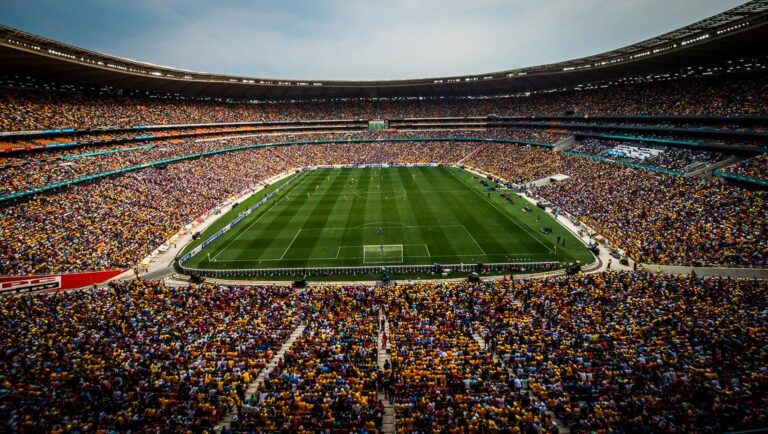Amakhosi’s Rise: From Orlando Pirates Reject to South African Football Royalty
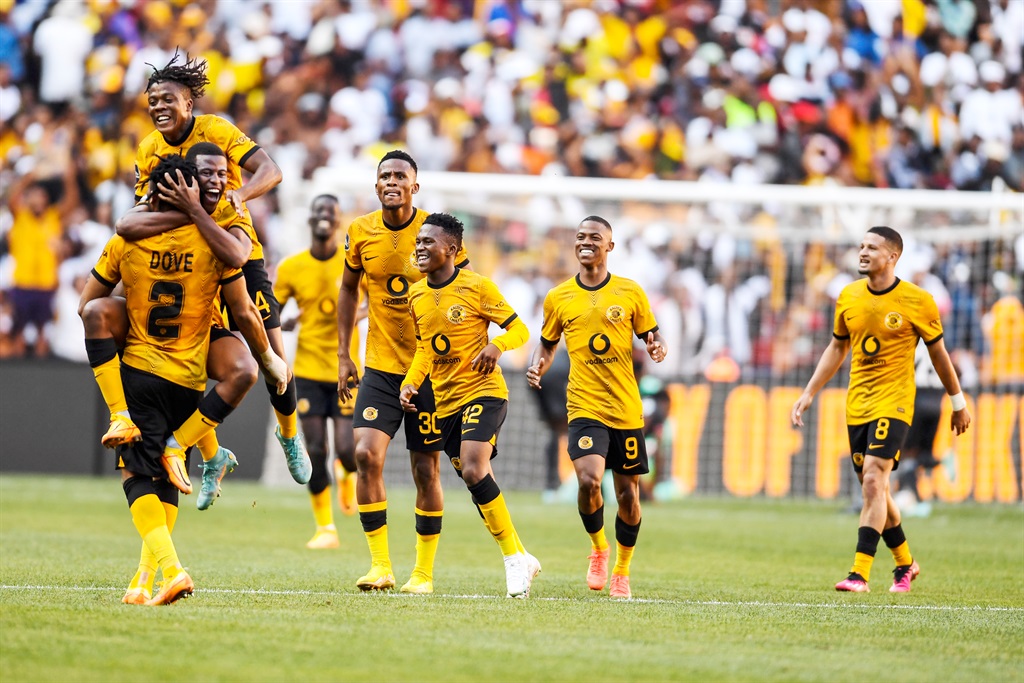
Kaizer Chiefs, affectionately known as “Amakhosi” (the Zulu word for “chiefs” or “kings”), are more than just a football club in South Africa.
They are a cultural phenomenon, boasting the most passionate fanbase in the country and a trophy cabinet overflowing with silverware. But their story began not with glory, but with rejection.
Born from Dispute:
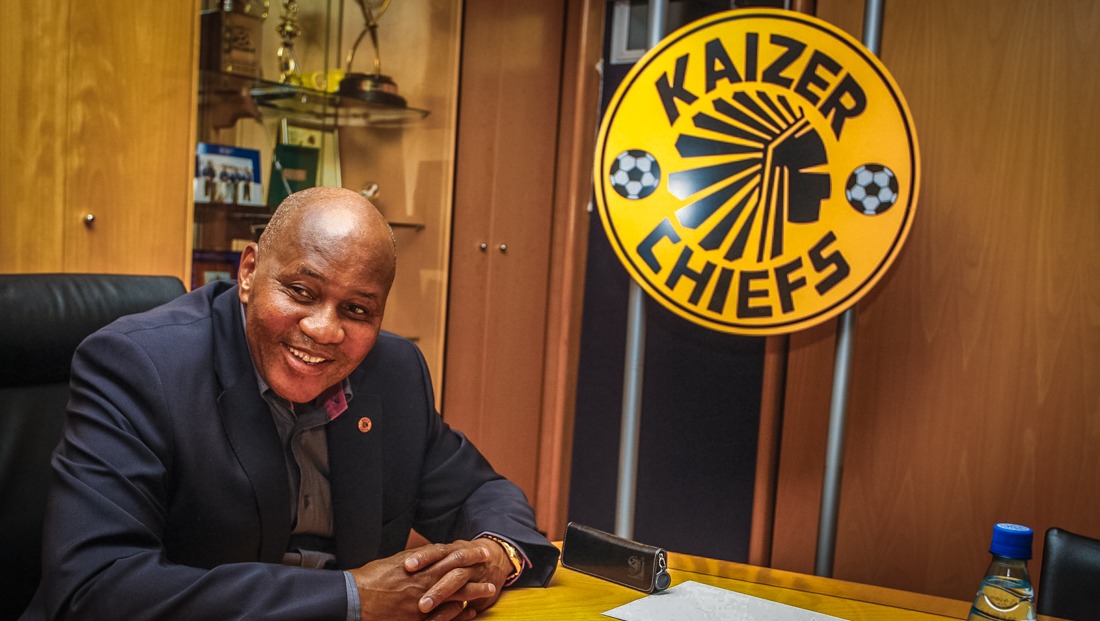
Founded in 1970 by Kaizer Motaung, a former Orlando Pirates player, Chiefs emerged from the ashes of discontent. When Motaung, unable to reconcile internal conflicts at Pirates, decided to forge his own path, he offered a home to ostracized players.
This rebellious spirit resonated with fans, and Amakhosi quickly carved their niche in South African football.
Early Triumphs and Tragedy:

The 1970s were a golden era for Chiefs. They secured their first league title in 1974 and dominated cup competitions, winning the BP Top Eight three times in a row.
However, tragedy struck in 1976 when legendary team manager Ewert “The Lip” Nene was killed by hooligans opposing a player transfer. Despite this setback, Chiefs persevered, becoming the first black club to defeat a white one in South Africa.
A Beacon of Unity:

In 1978, the arrival of Lucky Stylianou as the first white Kaizer Chiefs player marked a significant step towards racial integration in South African football, a country still under the brutal apartheid regime. Chiefs continued to champion unity, adopting the motto “Love and Peace” to combat fan violence.
Radebe’s Legacy and PSL Era:

The arrival of Doctor Khumalo, a Chiefs youth product, and Lucas Radebe, who later became a Leeds United captain, propelled the club to new heights in the late 80s and early 90s. Radebe’s legacy continues to inspire, even influencing the name of the English rock band “Kaiser Chiefs.”
With the formation of the Premier Soccer League (PSL) in 1996, Chiefs entered the modern era as founding members.
Their success continued, with a particularly remarkable 2001/02 season where they won four trophies despite finishing ninth in the league. This feat, however, was overshadowed by the tragic Ellis Park Stadium disaster that claimed 43 lives.
Dominant Years and Recent Challenges:

The early 2000s saw Chiefs claim back-to-back PSL titles under coach Ted Dumitru. However, the following years were marked by a power shift with Mamelodi Sundowns dominating the league.
Coaches like Stuart Baxter and Steve Komphela brought sporadic success, but Chiefs struggled to recapture their consistent dominance.
The Birth of the famous Soweto Derby:
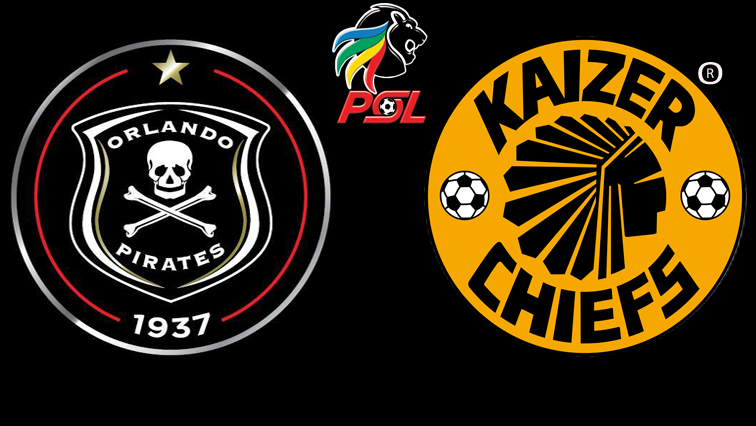
Kaizer Chiefs are at the heart of the biggest match in South African football – the Soweto Derby! Not only do they face their arch rivals, Orlando Pirates, but Chiefs even rose above them to become the dominant force in the league. While Sundowns are a recent threat, Chiefs remain a giant, firmly entrenched in the prestigious “Big Three” of South African football.
Looking Ahead:
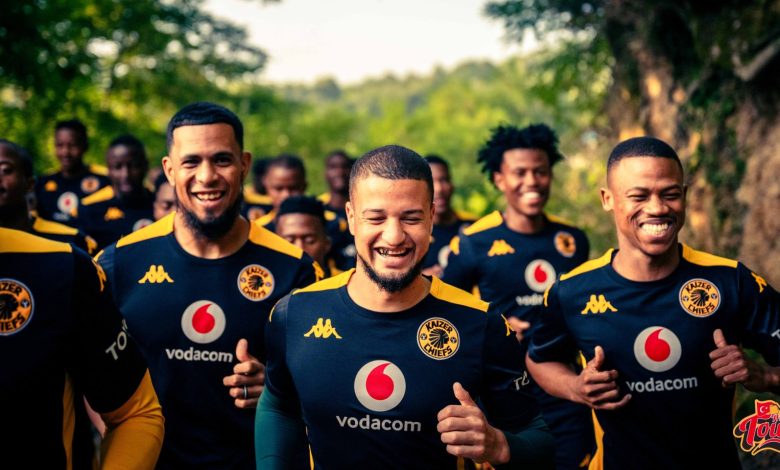
Recent seasons have seen Chiefs battling to reclaim their throne. Under new coach like Nasreddine Nabi, they strive to end their trophy drought and reassert themselves as the kings of South African football.
Beyond the Pitch:
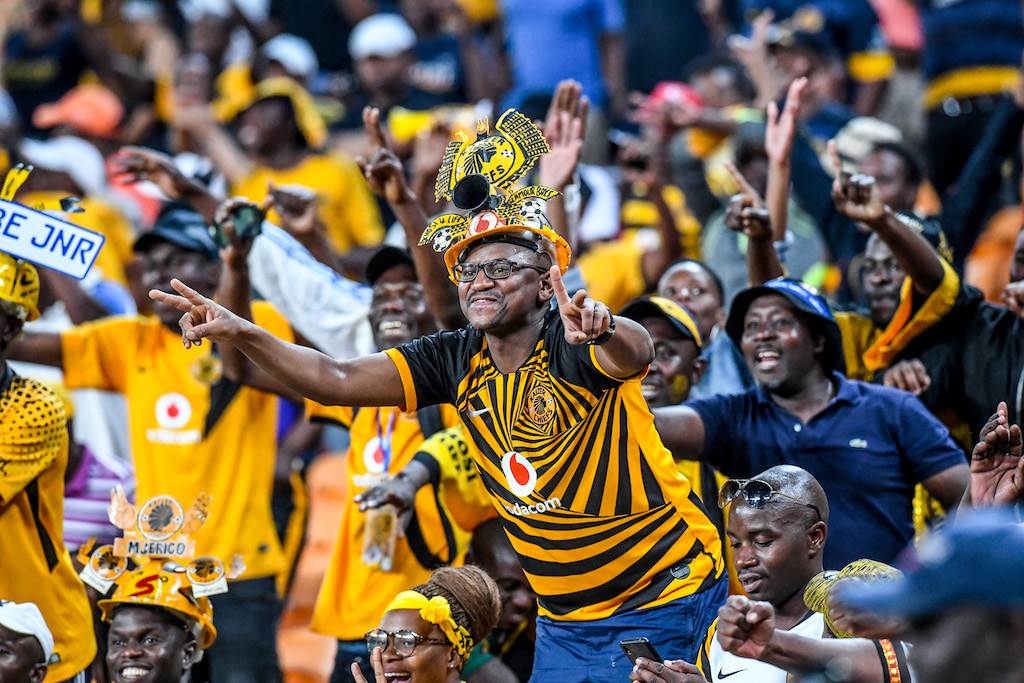
Kaizer Chiefs’ influence extends beyond the field. They boast the most passionate fanbase in the country, with their “Love and Peace” philosophy promoting unity.
Their near-capacity crowds at FNB Stadium, even in away games, solidify their reputation as a national treasure. Financially, they are reportedly the third-richest club in Africa, showcasing their immense brand power.
Kaizer Chiefs’ story is one of resilience, passion, and a relentless pursuit of excellence. They are a symbol of hope, a testament to overcoming adversity, and a force that continues to shape South African football.


